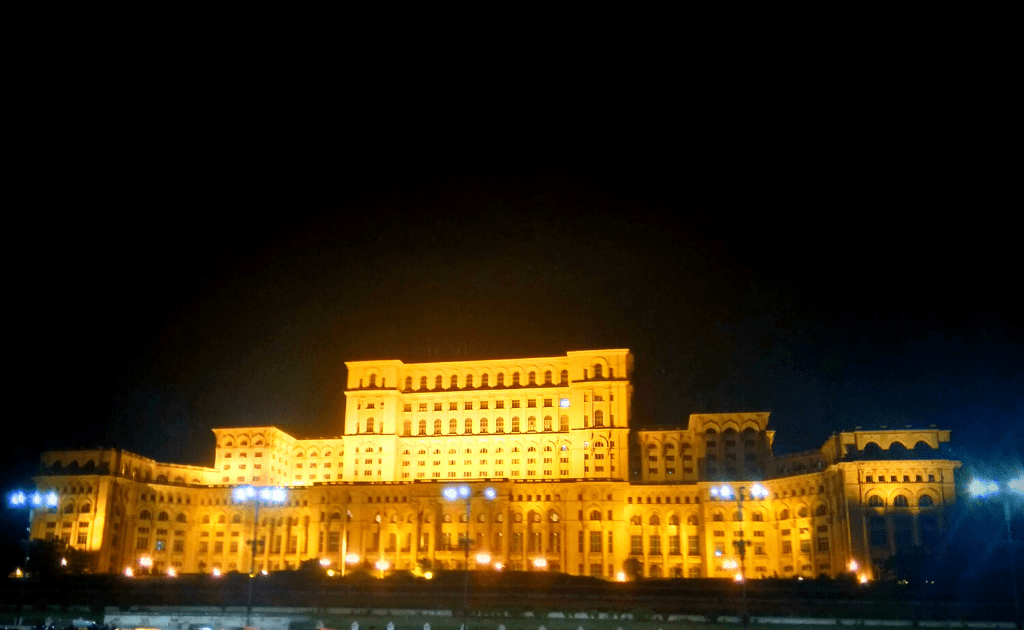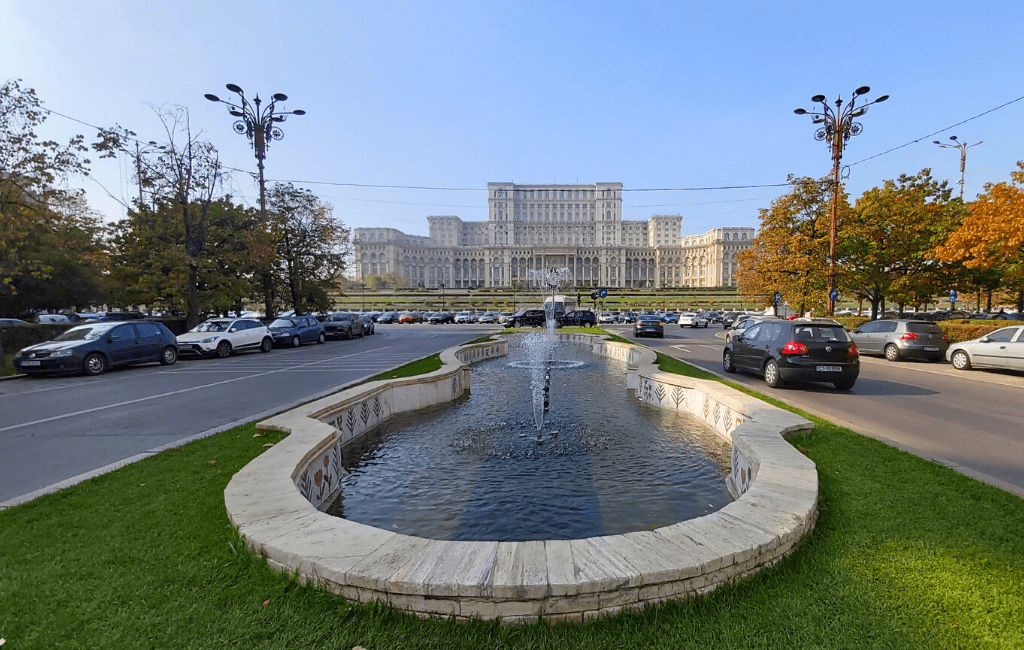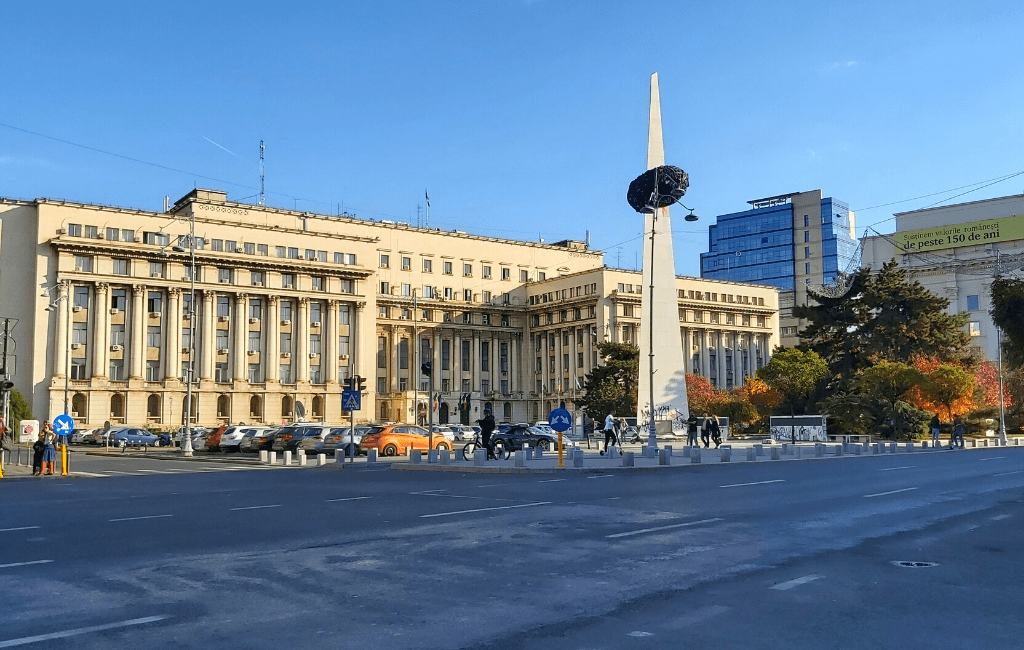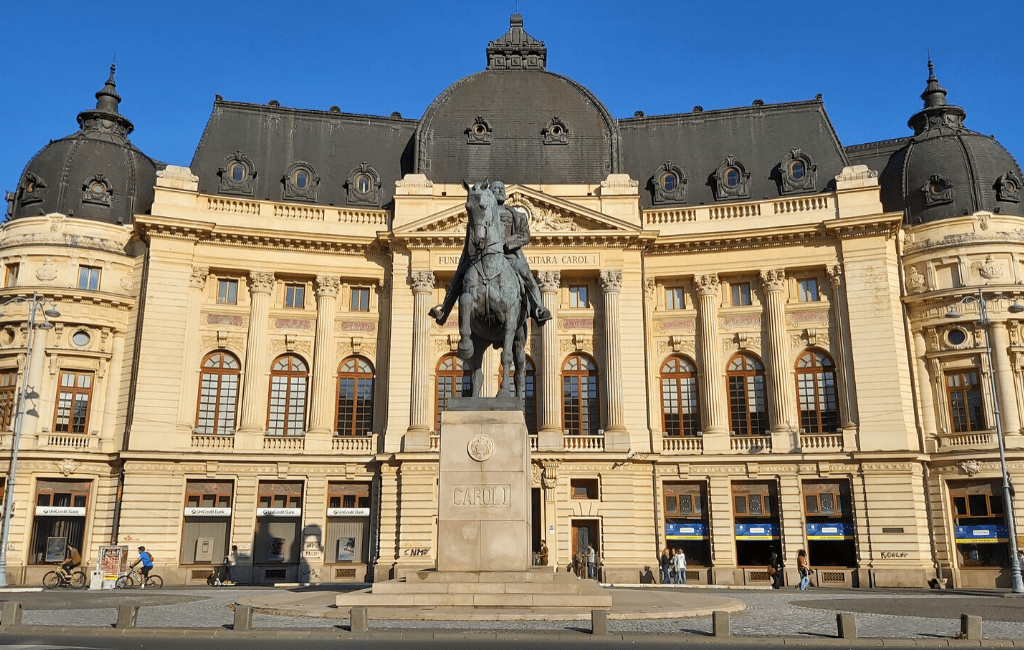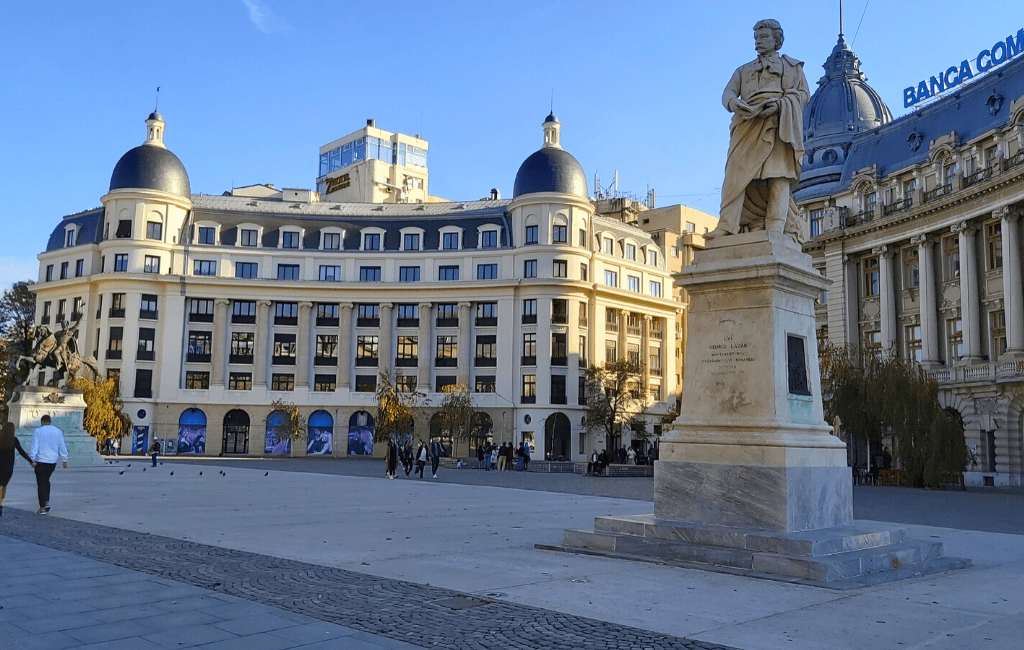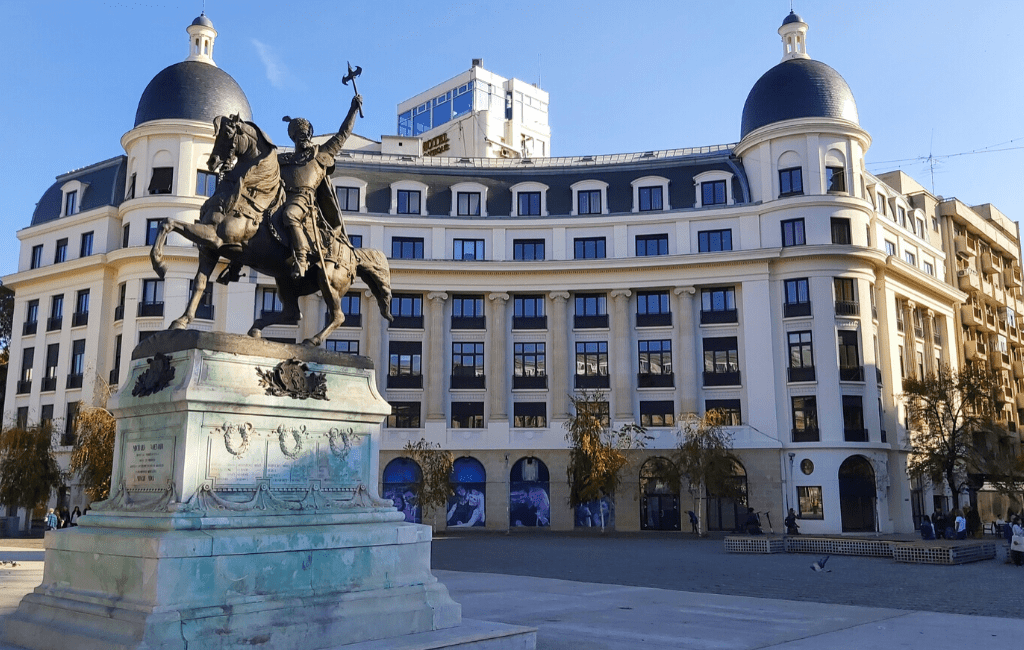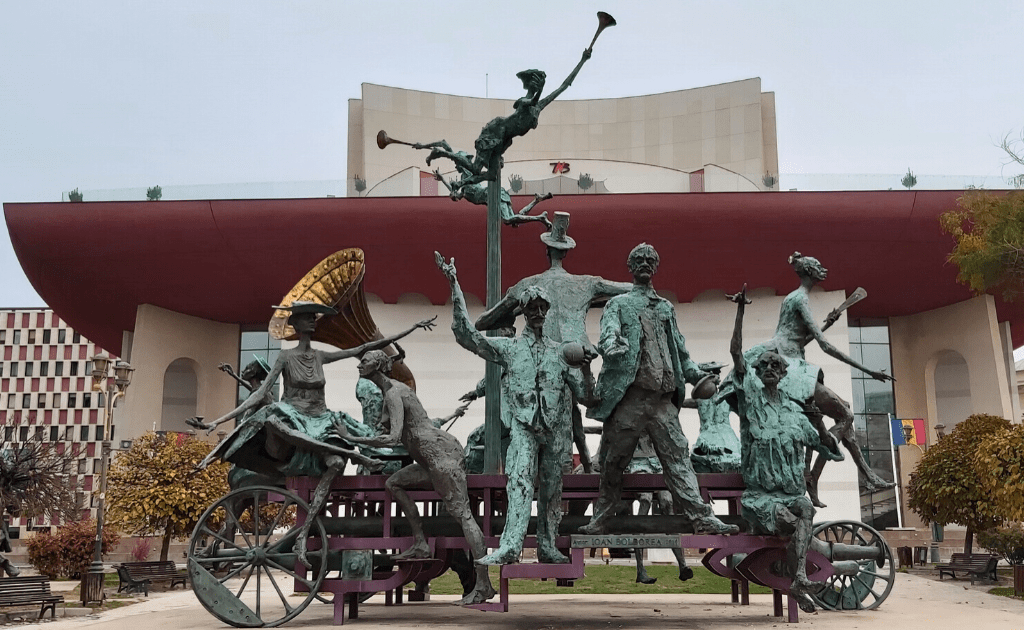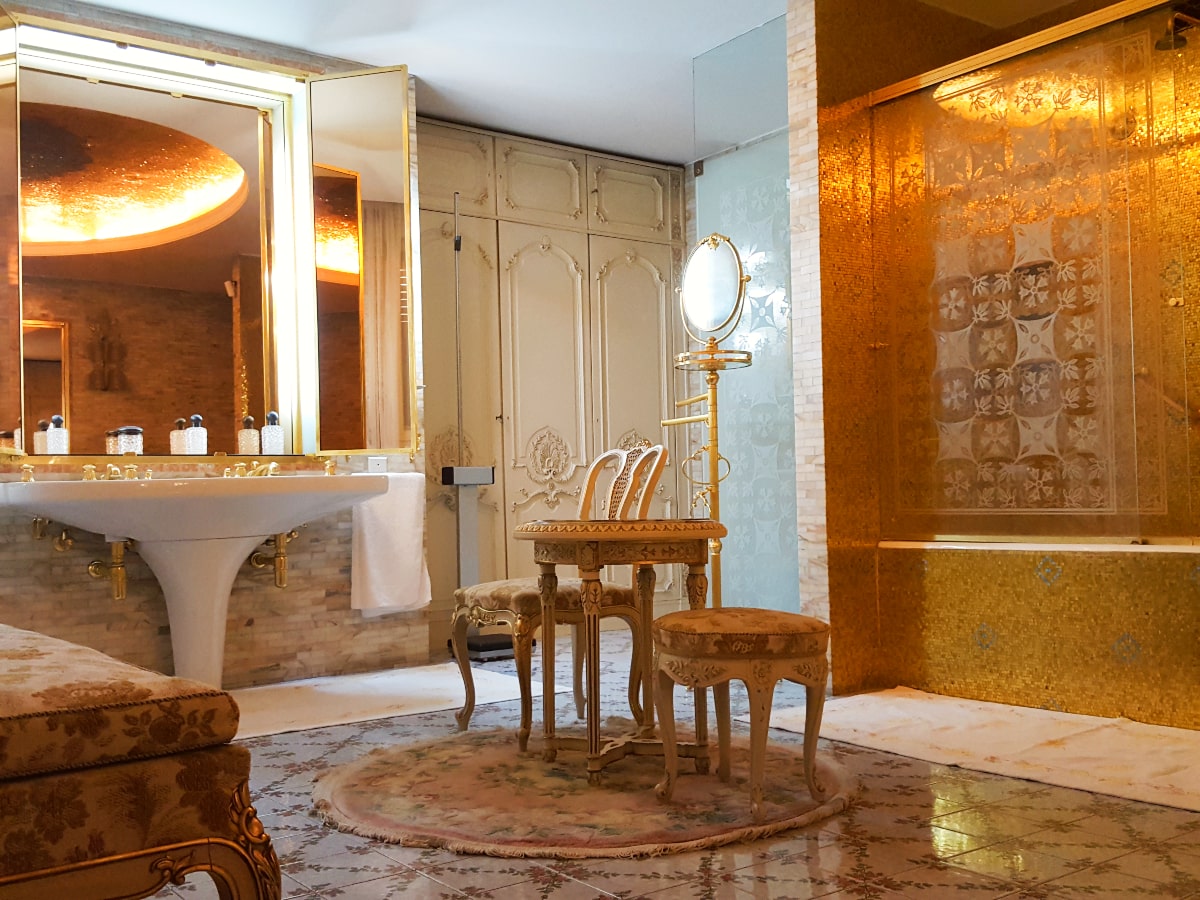Communist buildings are some of the most sought after tourist attractions while visiting Bucharest, as many foreigners are interested to find out more about the Golden Age of Communism as it was cold during the regime, and about the socialist legacy left by Ceausescu. Also, tourists are eager to visit the monuments which stories from the communist dictatorship are linked to. Let’s have a virtual walk together and discover buildings and places in Bucharest that will help you understand Romania’s communist period.
Communism had been here for more than 40 years, up to the early '90s so it’s no wonder that both Bucharest and its inhabitants have many „souvenirs” from this period. Build yourself a realistic image of the society who was under communism, in all its aspects. Unfortunately, there are also many sad stories: deportations, political prisons, labor camps, food ratios, etc. But surely you will smile hearing the jokes about the Romanian communist leaders and institutions.
Through the examples given by the tour guide and the interactive way in which the Bucharest Communist Tour is presented, it is very attractive for tourists and for those who want to know more about this topic.
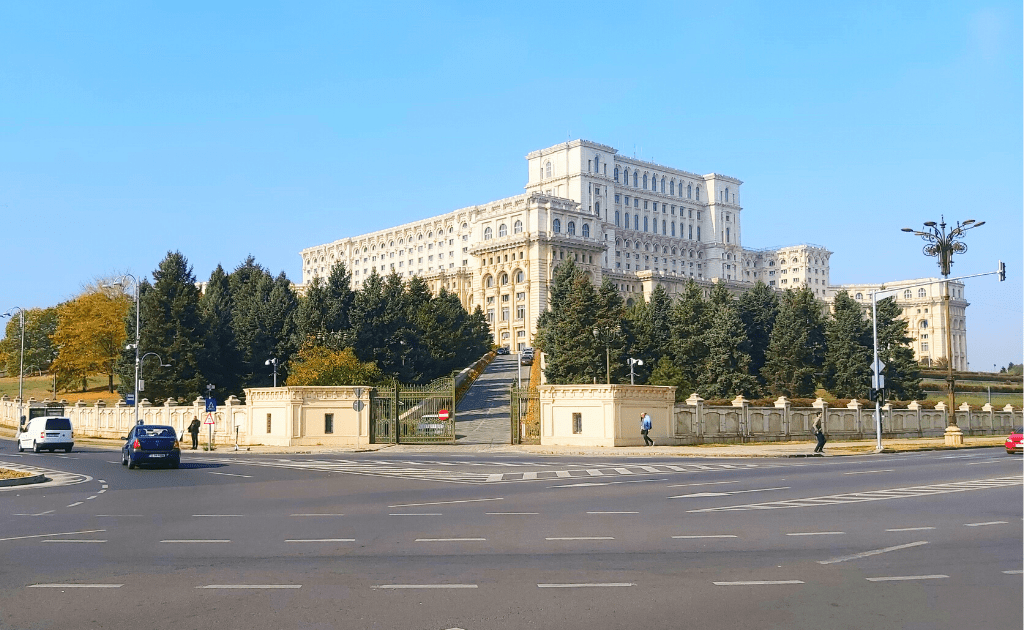
The Palace of Parliament was registered in Guinness Book of Records as the second-largest administrative building after Pentagon. It is also called the People’s House because it was built by the people (and by no means for the people). It seems that about 20,000 workers have worked on this construction, in three shifts and no less than 700 design specialists.
The Palace of Parliament is the objective for which the biggest demolitions in the history of Romania were made. The communist regime "shaved", under the pretext of the earthquake that affected Bucharest in 1977, about 7 km of buildings in the old center of the capital, relocating 40,000 people. A number of important buildings were demolished, not taking into account the importance of the architectural heritage.
The execution at the Palace of Parliament started in 1983, estimated to be accomplished in 1990. Unfortunately, it has never been finished completely, meaning not even now. The construction is 276 m long and 227 m wide. The height of the building is 86 m above ground and 92 m underground. It has 12 surface levels and 8 underground levels.
In 1989, the revolution led to the overthrow of the communist regime, with the regime unable to enjoy the huge construction. Since 2004 the building houses the Chamber of Deputies and the Senate. By introducing other functions in unused areas, an attempt is being made to reinvigorate the dictatorial air of the building, inherited from the communist period.
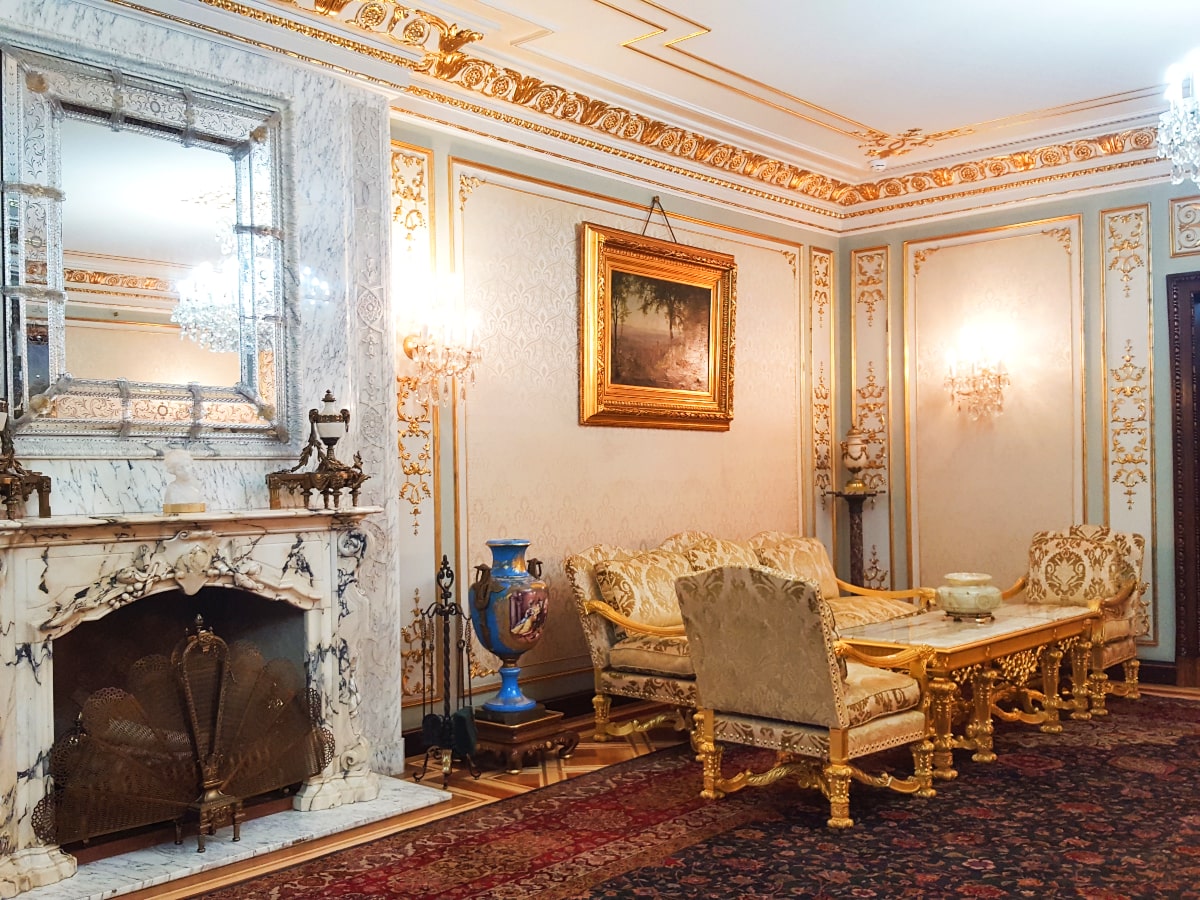
Romania was under Communist rule for 42 years and 24 of those were led by the communist president Nicolae Ceausescu and his wife Elena. They were executed by a firing squad right after an hour-long show trial. That was the beginning of Romania’s latest chapter - democracy and capitalism.
Built-in the mid-1960s under political control, the palace was, from 1965 to 1989, the private residence of Nicolae and Elena Ceausescu and their children, Nicu, Zoia and Valentin. After the political ascent of Nicolae Ceausescu as the leader of the Communist Party, the palace was redesigned and extended between 1970-1972.
The architecture of the Ceausescu residence was made by the designer Aron Grimberg-Solari, which was complemented by the exterior layout designed by the architect Robert Woll.
It has over 3,600 square meters and over 80 rooms, of which about 60 are visited, including the apartments of the Ceausescu couple and of each of their child, the winter garden, the swimming pool, the various lounges, the spa, and the basement.
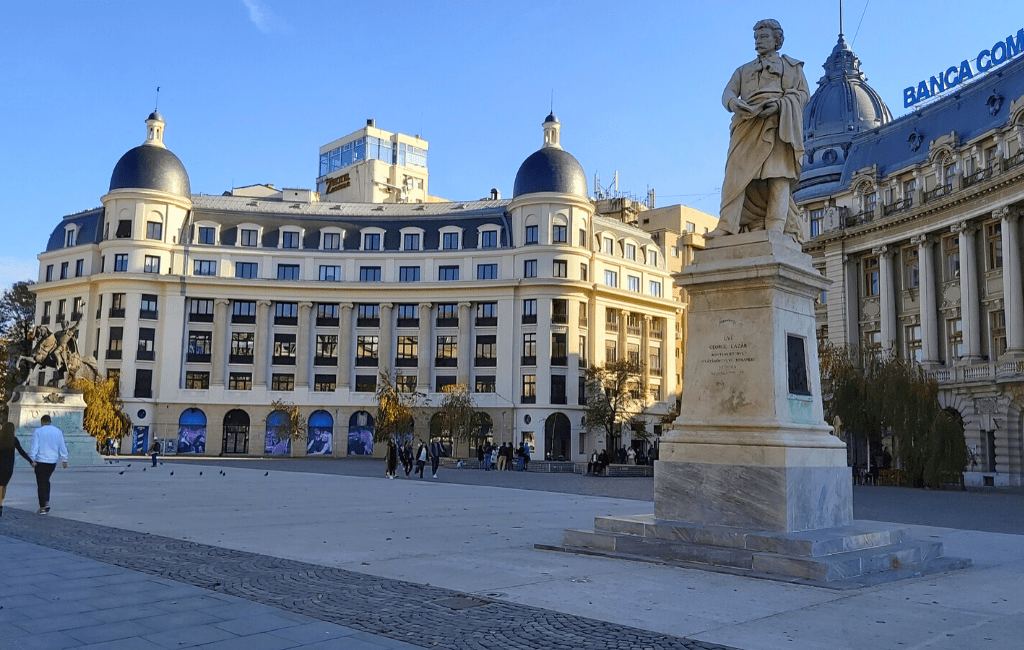
The University Square (km 0) is declared Neo-Communism Free Area and Democracy’s km 0. Here it took place the largest social manifestations after the Romanian Revolution from 1989.
Golaniada, also known as the University Square Phenomenon or the Events in the University Square, represents the mass events that took place in the Bucharest University Square between April 22 and June 15, 1990. Golaniada is the largest protest in the history of Romania and the largest anti-communist demonstration in Eastern Europe after the fall of the Iron Curtain.
Initiated because of the general dissatisfaction with the evolution of the political life in post-December Romania, the protests were stopped by bringing violent miners to the capital, bats in hands, to force the participants to give up and to leave the square.
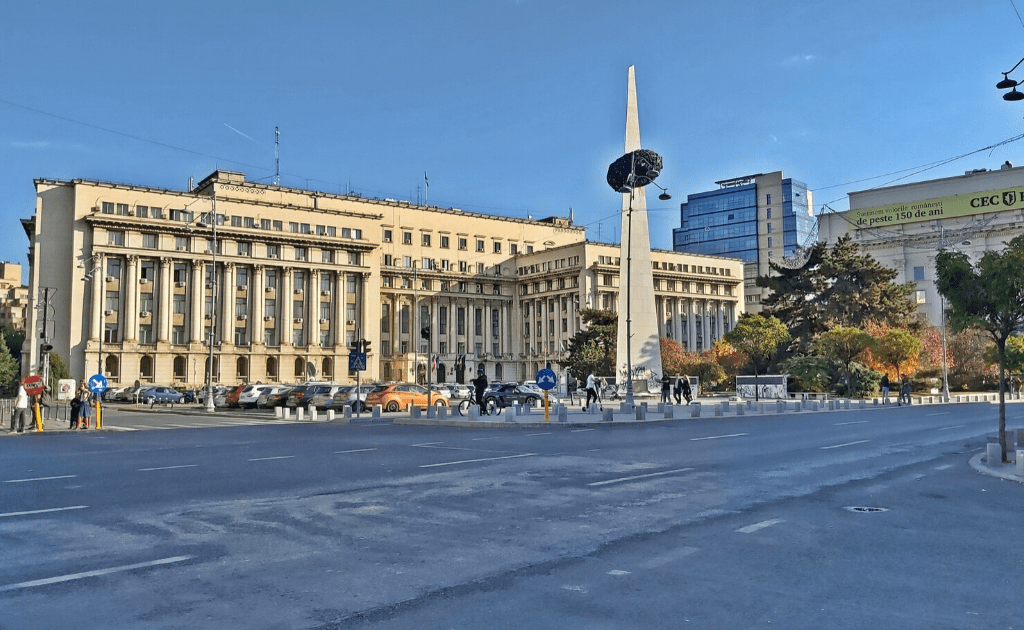
While in Revolution Square, attention is drawn to the impressive dimensions of the Royal Palace; moreover, before the events of December 1989, it was called Palace Square. The palace dates from 1937, being built after the demolition of the Golescu House, severely damaged by numerous events over time. The palace dates from 1812 and had been a residence for Alexandru Ghica Voda, Al. I. Cuza and Carol I. After the removal of King Mihai from power and the establishment of communism, the architectural symbols that symbolized the monarchy were hidden and the Palace was later used to house the Art Museum of Romania, a function it still performs today.
The unique presence of the Revolution Square is the Memorial of the Renaissance, a monument dedicated to the victims of the Revolution from 1989. Its symbolism is intensely controversial and the older viewers are competing in giving the most inventive names and interpretations. Next to the monument is the Wall of Remembrance, on which the names of the 1058 victims were engraved. The Revolution Square is also home to the Atheneum (perhaps Bucharest’s finest building), the National Art Museum, the Cretulescu Church, and the Athenee Palace Hilton hotel. A statue of Carol I (Romania’s first king) stands in front of the National Library.
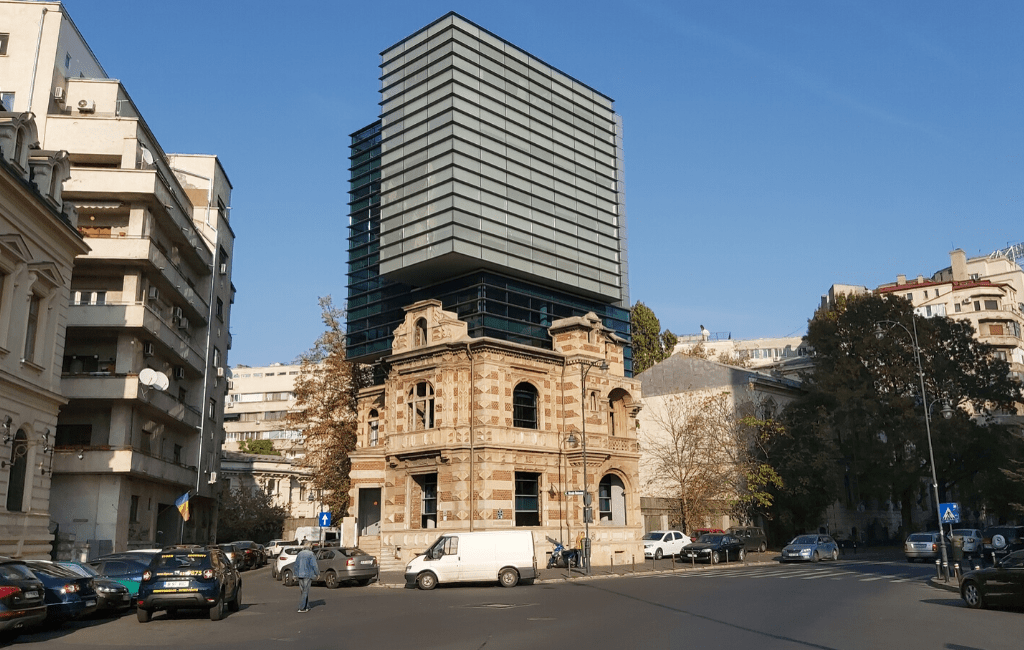
In Revolution Square, attention is drawn to the impressive dimensions of the Royal Palace; moreover, before the events of December 1989, it was called Palace Square. The palace dates from 1937, being built after the demolition of the Golescu House, severely damaged by numerous events over time. This date from 1812 and had been a residence for Alexandru Ghica Voda, Al. I. Cuza and Carol I. After the removal of King Mihai from power and the establishment of communism, the architectural symbols that symbolized the monarchy were hidden, and the Palace was later used to house the Art Museum of Romania, a function it still performs today.
The unique presence of the Revolution Square is the Memorial of the Renaissance, a monument dedicated to the victims of the revolution of 1989. Its symbolism is intensely controversial, and the older viewers are competing in giving the most inventive names and interpretations. Next to the monument is the Wall of Remembrance, on which the names of the 1058 victims were engraved. The Revolution Square is also home to the Atheneum (perhaps Bucharest’s finest building), the National Art Museum, the Cretulescu Church, and the Athenee Palace Hilton hotel. A statue of Carol I (Romania’s first king) stands in front of the National Library.

